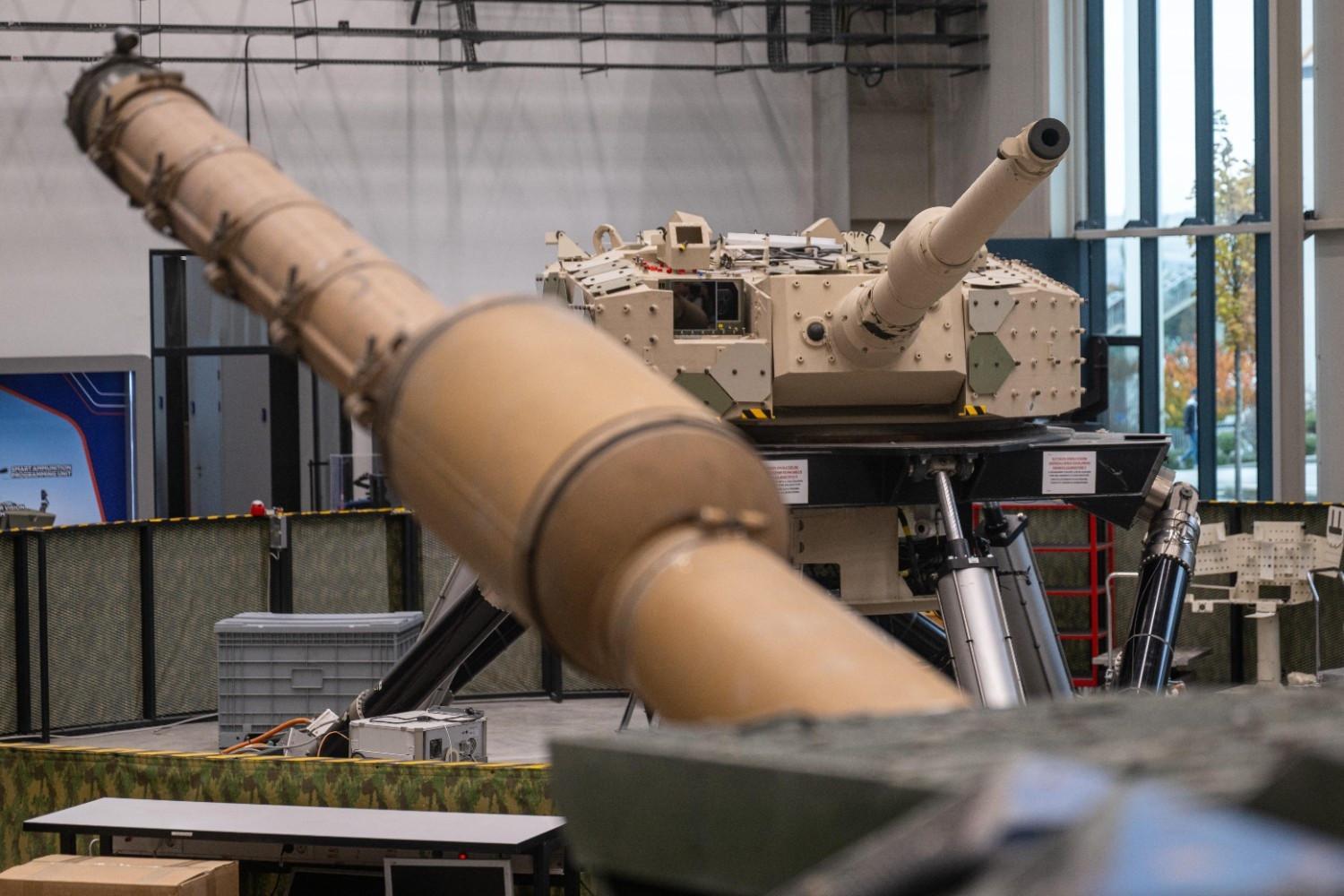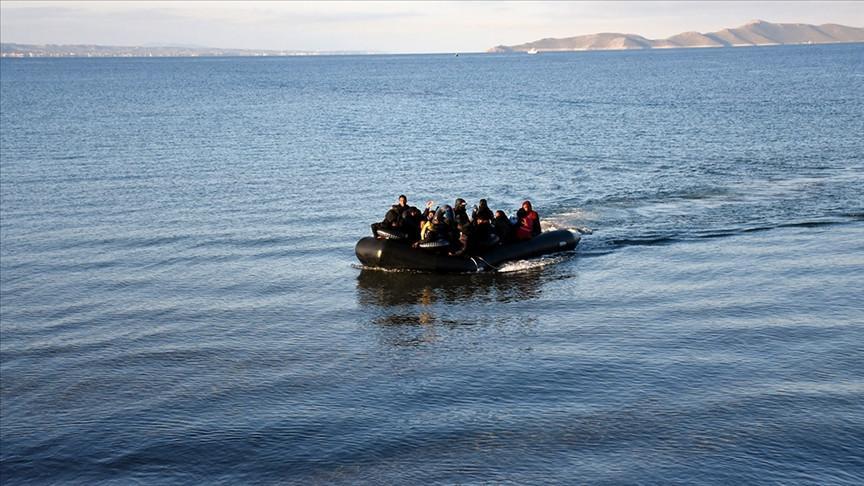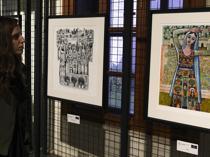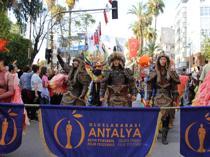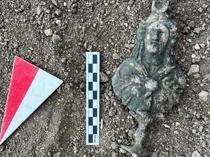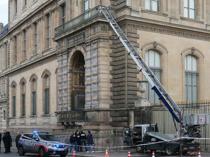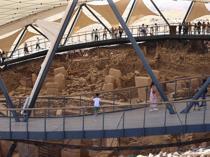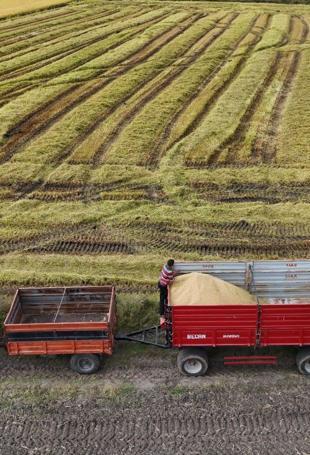New findings at Karahantepe offer clues to Göbeklitepe mystery
ŞANLIURFA
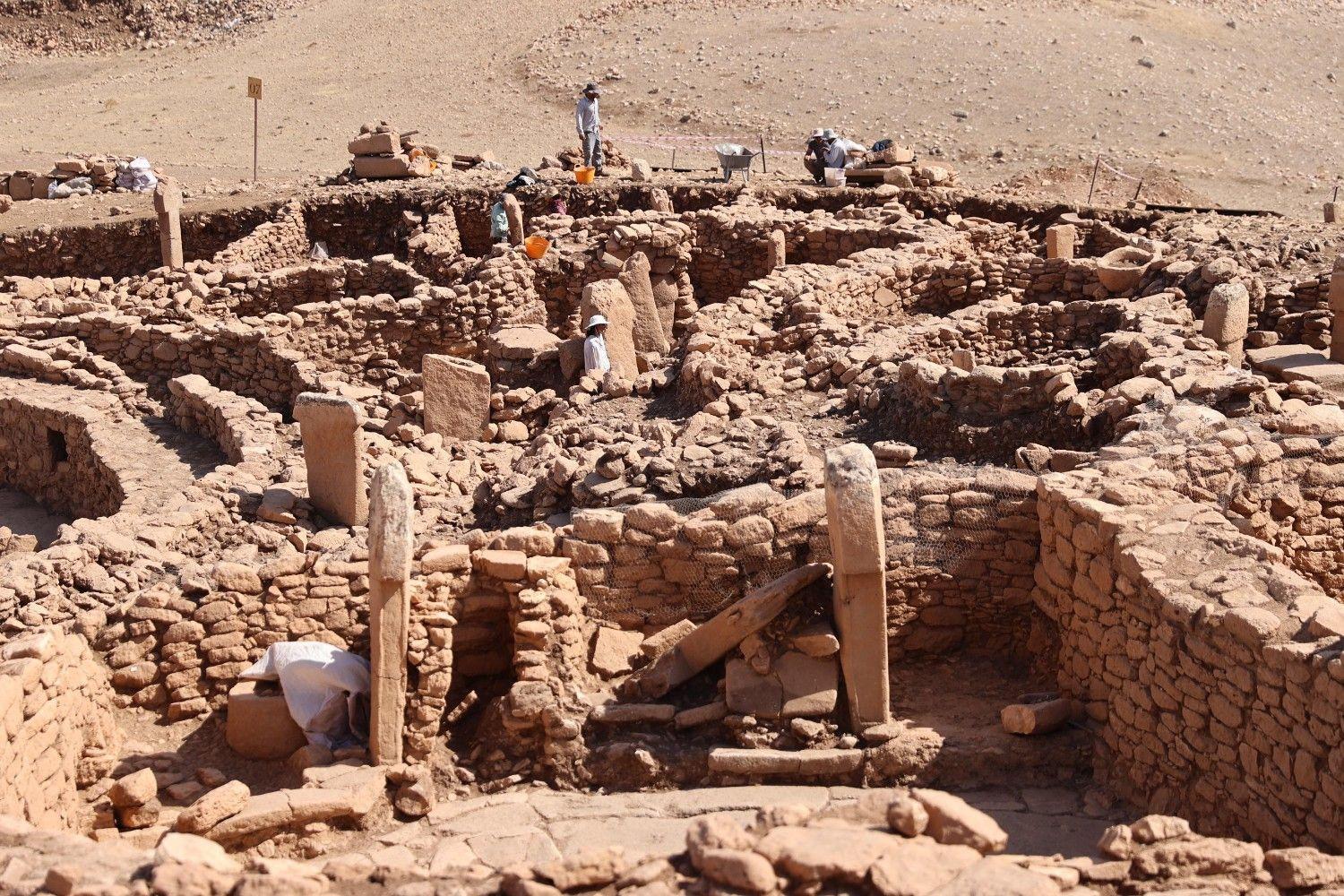
Discoveries from the ongoing excavations at Karahantepe, part of the Stone Hills Project in the southeastern province of Şanlıurfa, indicate that Neolithic communities constructed communal structures within their settlements and crafted tools that showcased their skilled craftsmanship and early production culture.
Launched in 2019, the excavations at Karahantepe provide information about the social life of people who lived some 12,000 years ago during the Neolithic period.
Excavation head Professor Necmi Karul said the site covers an area of 14 hectares, some part of which is home to quarries where standing stones were extracted, while the other part indicates one of the largest Neolithic settlements discovered to date.
Karul said the excavations continue across a 6,000-square-meter area on the western slope of the mound. “Our aim is to ensure that the site is preserved and passed down to future generations once excavations are completed. That’s why we preferred to focus on a single concentrated area rather than digging at multiple points,” he told the state-run Anadolu Agency.
Karul said that over the past six years, dozens of structures have been unearthed, including large public buildings and smaller huts used as dwellings.
“In the earliest phases of settlement, we observed public structures surrounded by houses,” he said. “These findings help answer the long-debated question about Göbeklitepe, whether it was a gathering or worship center. Karahantepe gives us important evidence. The coexistence of public structures and residential huts shows that these were indeed settlements. People lived their daily lives in these places while also building and using public structures.”
He added that one of the central buildings stands out as a key structure with a diameter of about 28 meters. “We believe it was used for several centuries, with the earliest layer dating back to around 9400 B.C.,” he said.
Karul noted that the excavation has yielded important archaeological materials and that ongoing analyses are starting to provide results.
“The animal bones and flint tools found here offer insights into technological developments during the early Neolithic and allow us to trace regional evolution,” he explained. “In the oldest layers, we encountered stone tools indicating the prominence of hunting, while in later phases, we began to see more tools for woodworking, grinding and food production. Findings from last year confirmed that grains were cultivated here and that the first forms of food — what we might call early bread — were produced.”
Karul also said that Karahantepe, located about 60 kilometers from Şanlıurfa city center, has attracted a multinational visitor profile due to growing international recognition and academic interest in the site.
Although the excavations have not yet reached a mature phase, temporary walkways have been set up and visitors can access detailed information about the site through a multilingual digital application free of charge, he added.




